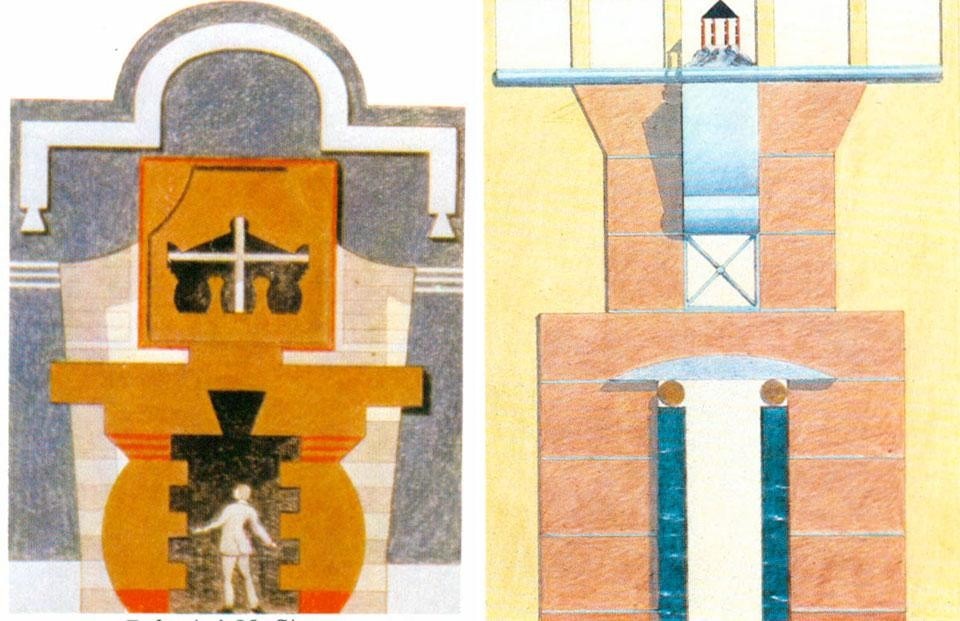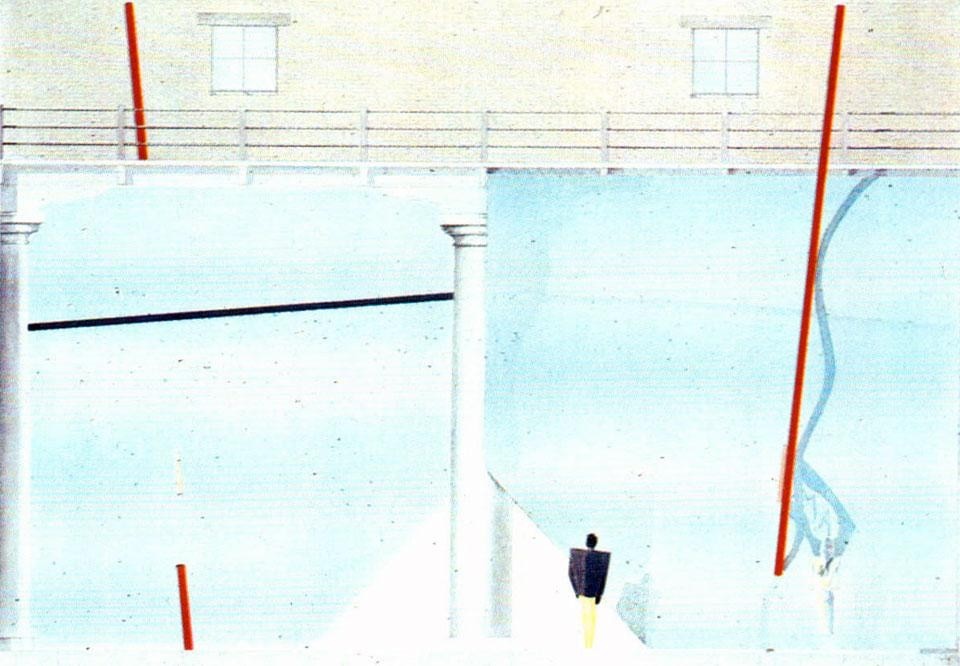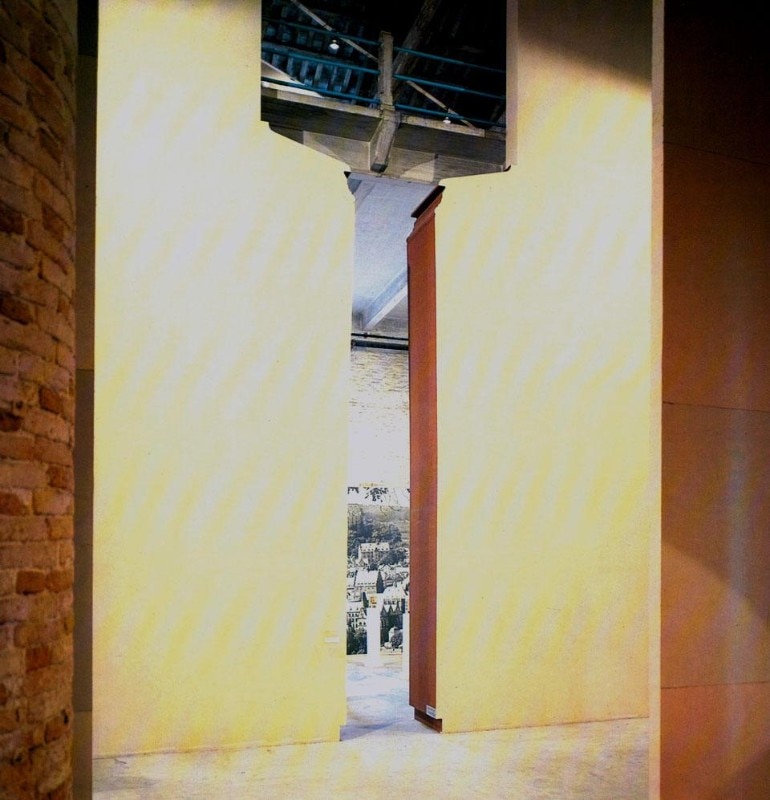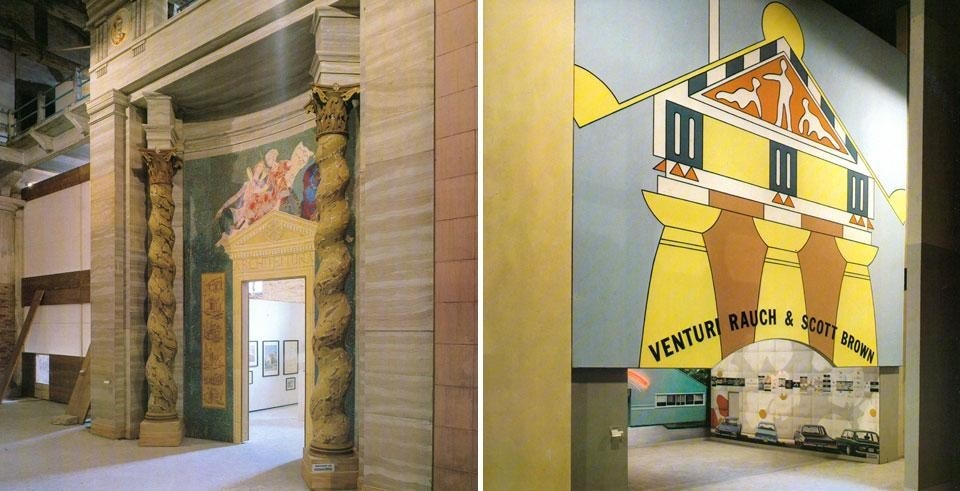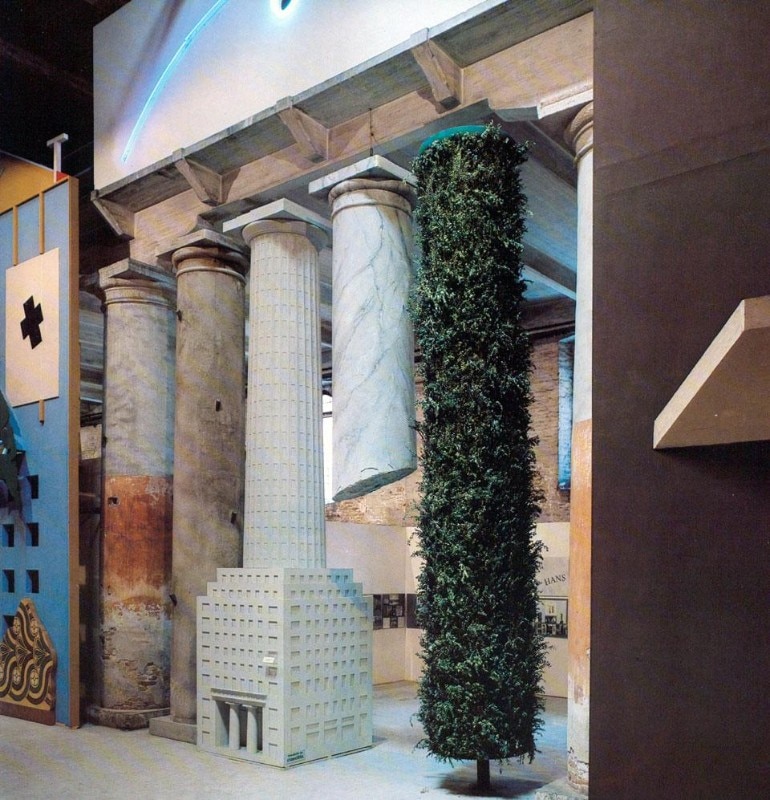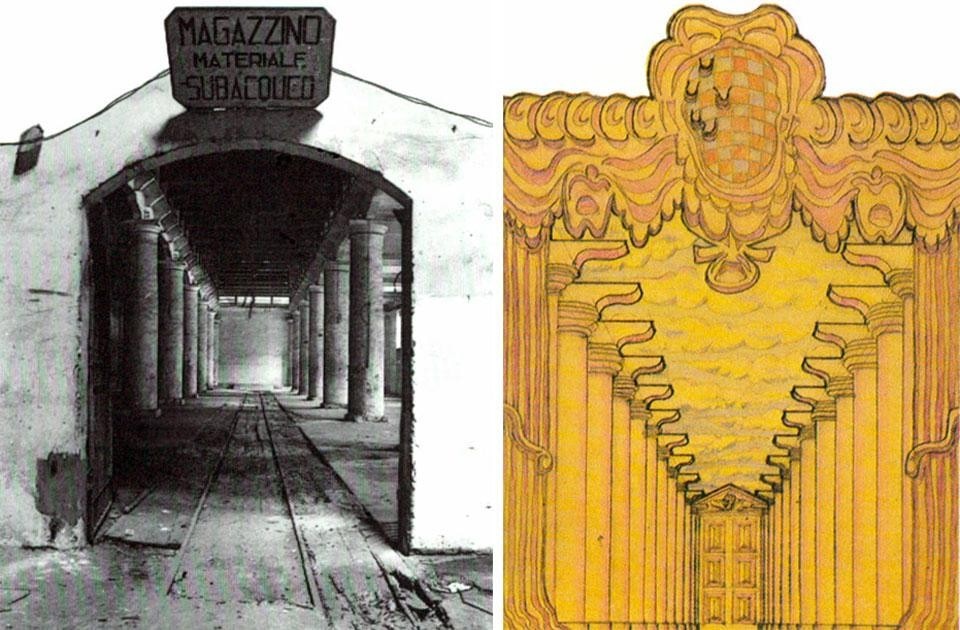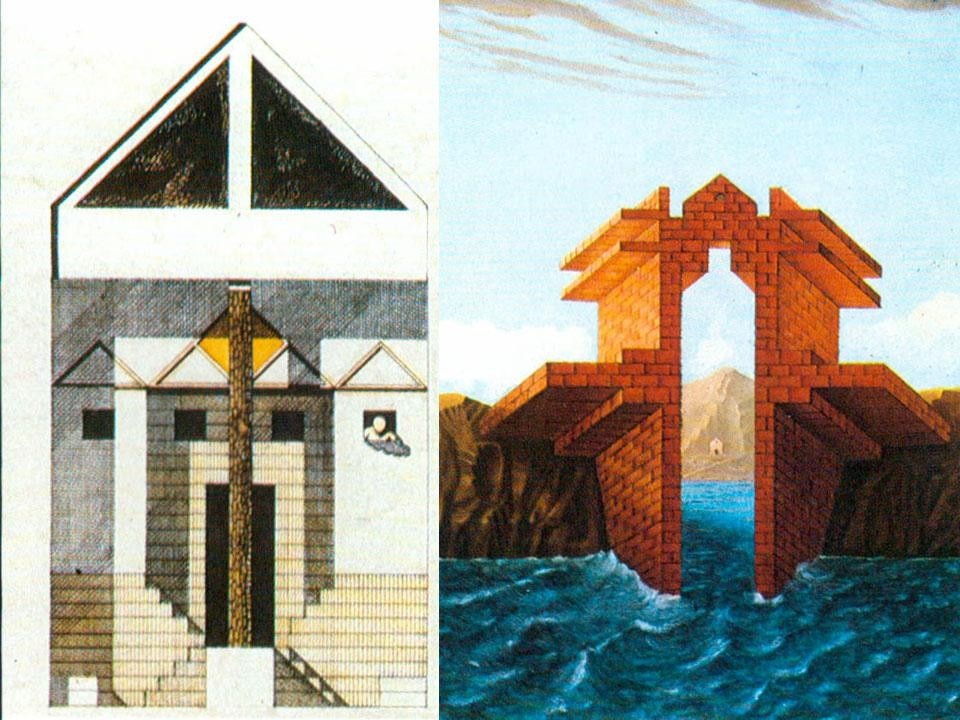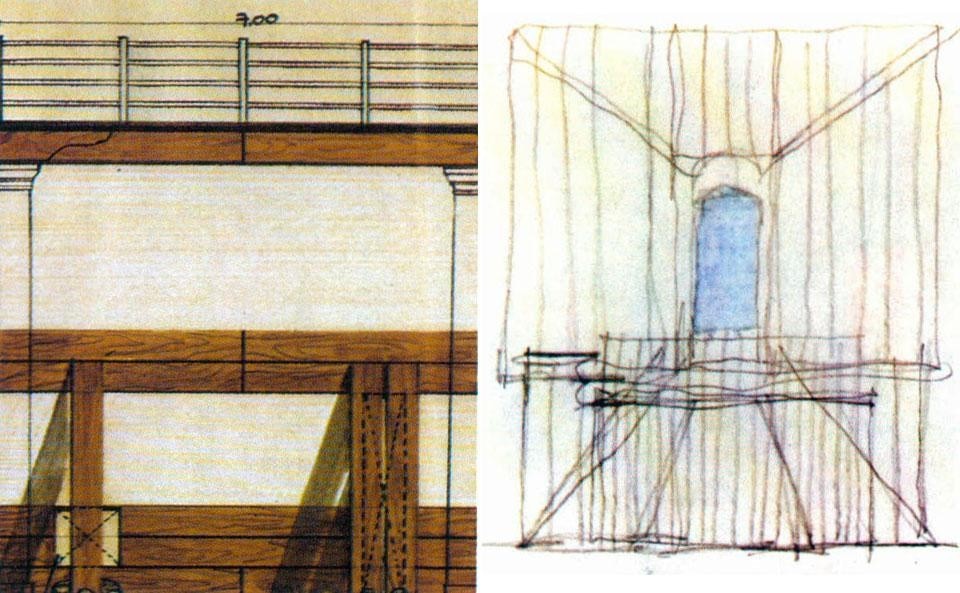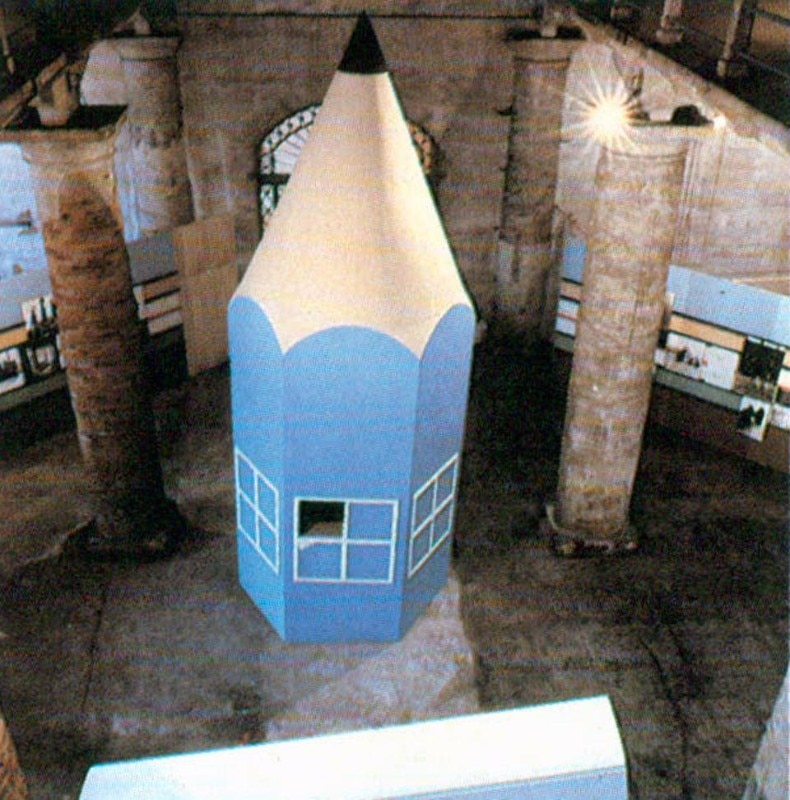The Presence of the Past
There are many misunderstandings concerning Post-Modernism no doubt caused by the success of the term, and its various, indeed erratic, usage. Possibly this ambiguity and the success are connected since the vagueness leads Modernists and anti-Modernists alike to read what they like into the labeI. The fashion can be liberating, and the vagueness and pluralism of the term equally so, especially as Modernism (and perhaps Late-Modernism?) becomes more doctrinaire and exclusivist. For such reason I used the term in 1975 to cover six departures from Modernism (The Rise of Post-Modern Architecture, Eindhoven 1975) — departures from a shared tradition not reaction against it. The six schools of post-modernism (lower case) - historicism, neo-vernacular, adhocism, contextualism, metaphorical and metaphysical architects, and those who develop an ambiguous space — are distinguishable from each other, but they also have a commonality: they "double-code" their buildings. They all are partly Modern (because of the tradition from which they depart) and partly Other. Hence Post-Modernism defined means this double-coding, a stricter definition I understood only after the first edition of my book in 1977. The definition opposes this heterogenous group with that which they are often confused — Late-Modernists.
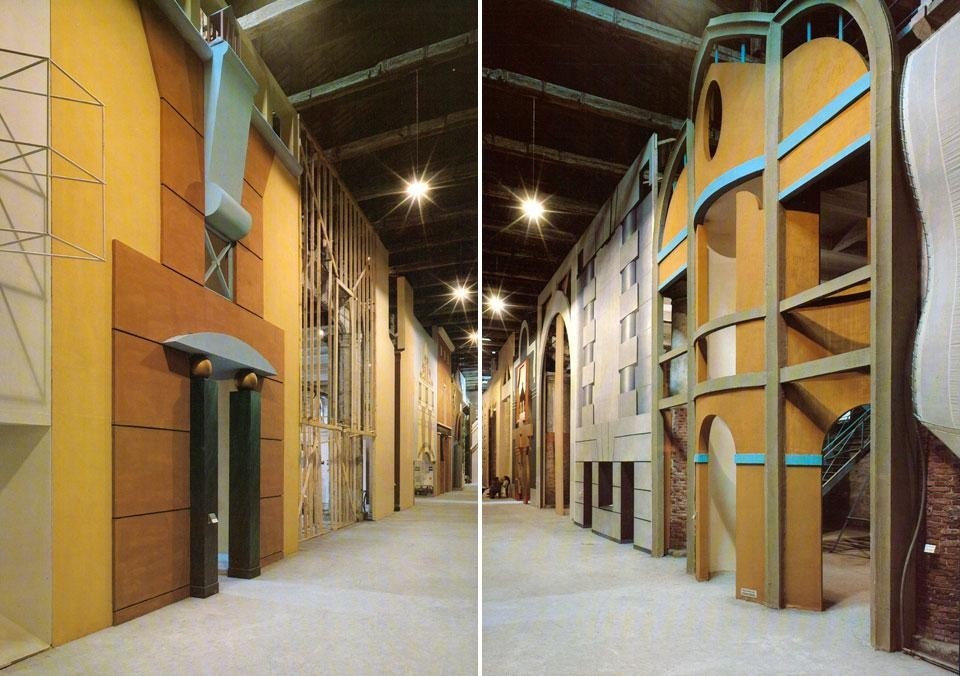
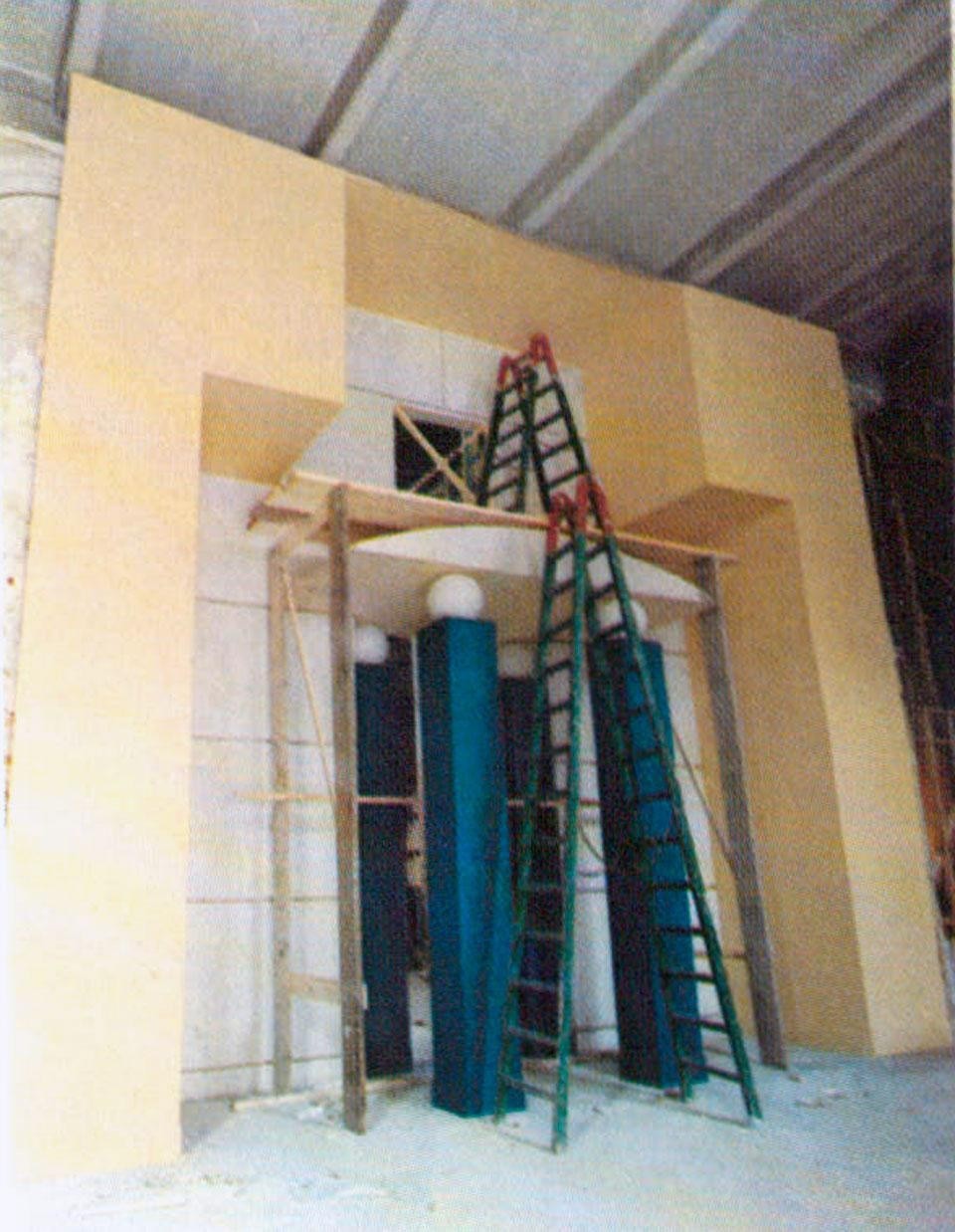
Furthermore, Post-Modern Classicism, the new synthesis which now unites practitioners around the world as the International Style did in the twenties, is an identifiable style and philosophical approach (gathering fragments of contextualism, eclecticism, semiotics, and particular architectural traditions into its hybrid ideology). Leon Krier, even Aldo Rossi, has started to move towards this consensus (although they keep a suspicion of all things American). When an historian of the year 2000 looks at our period he might distinguish the Post-Modern Classicists from the post-modern practitioners — those in the other traditions such as Kroll and Erskine who have also left Modernism but not necessarily embraced the Free Style Classicism.
Post-Modern Classicism is the new synthesis which now unites practitioners around the world as the International Style did in the twenties
